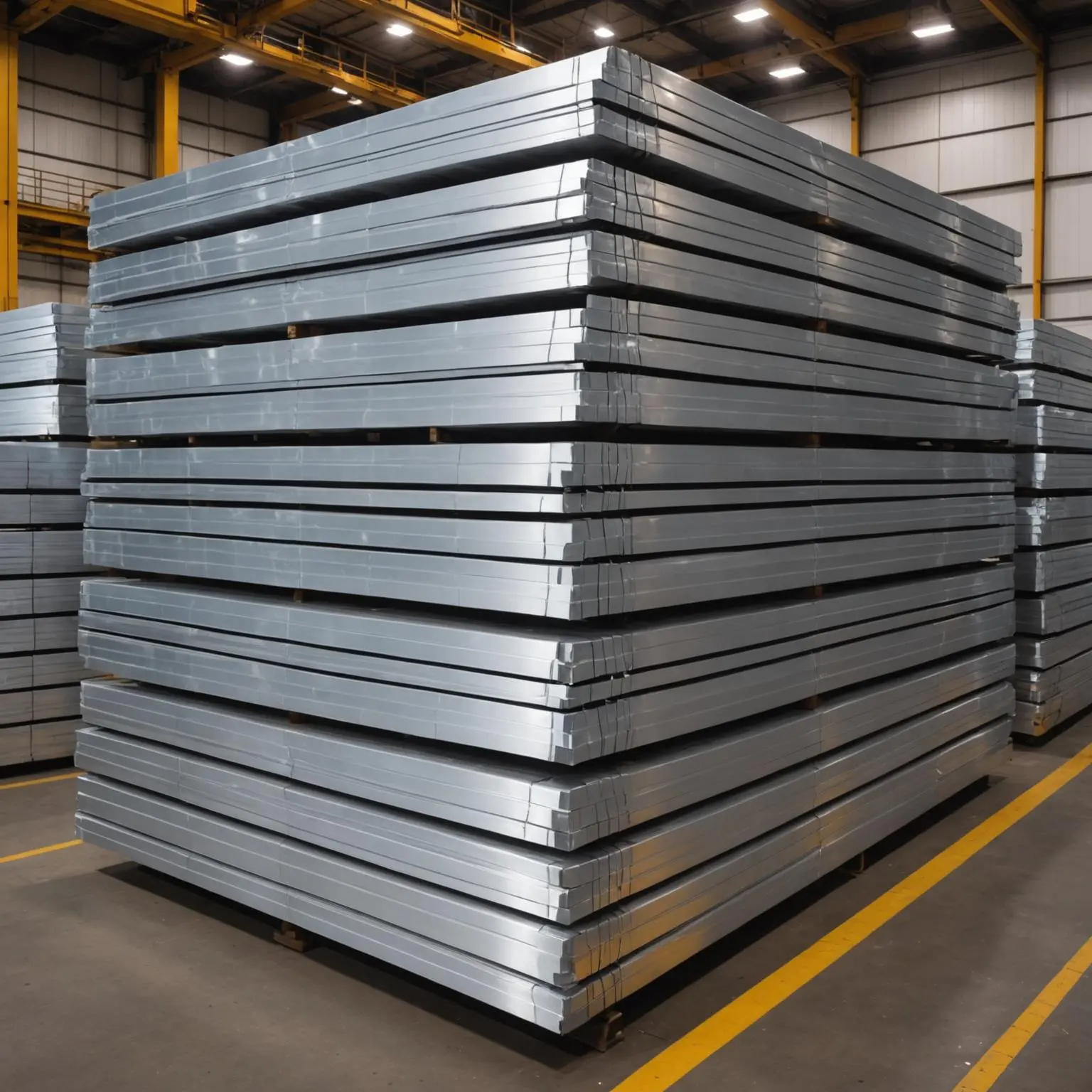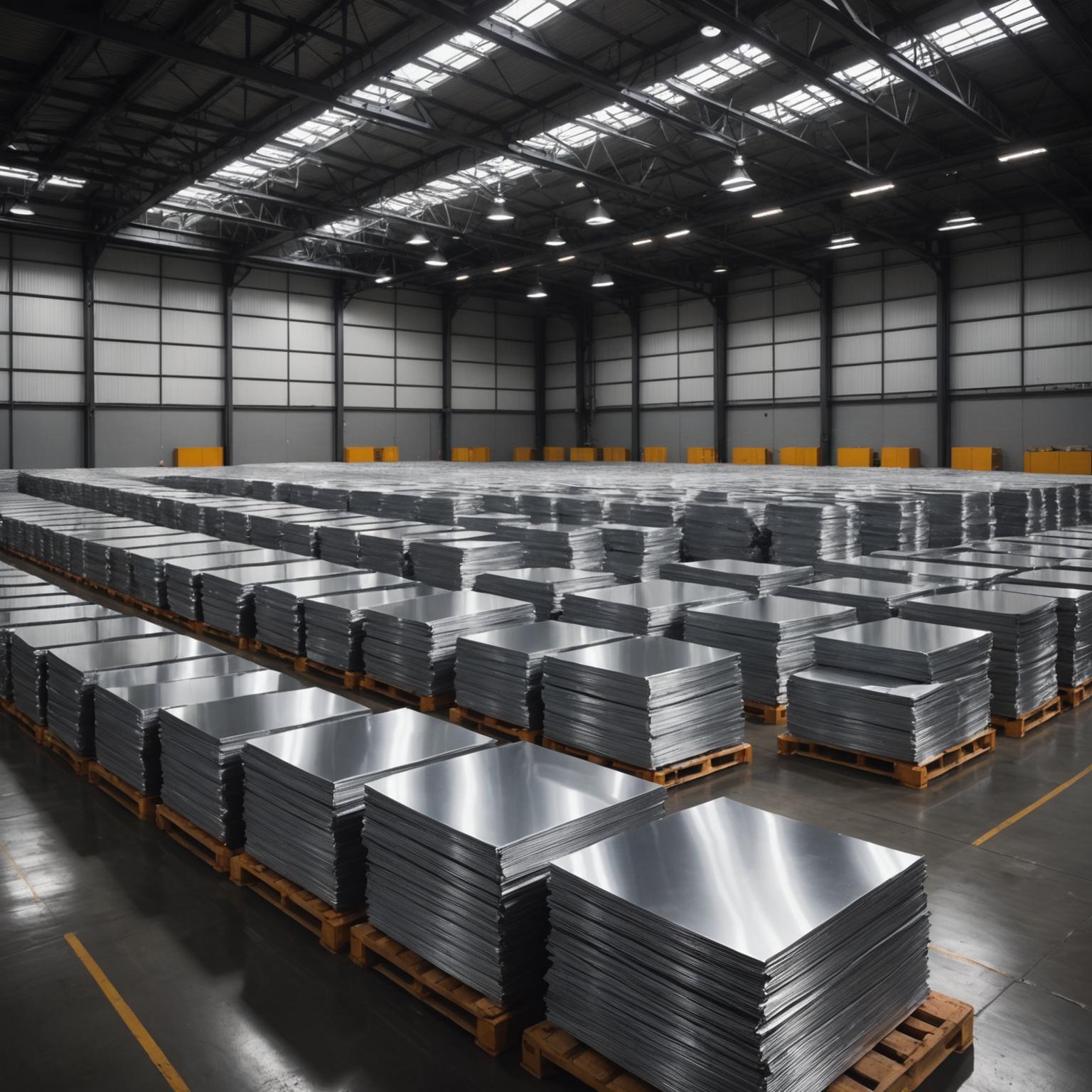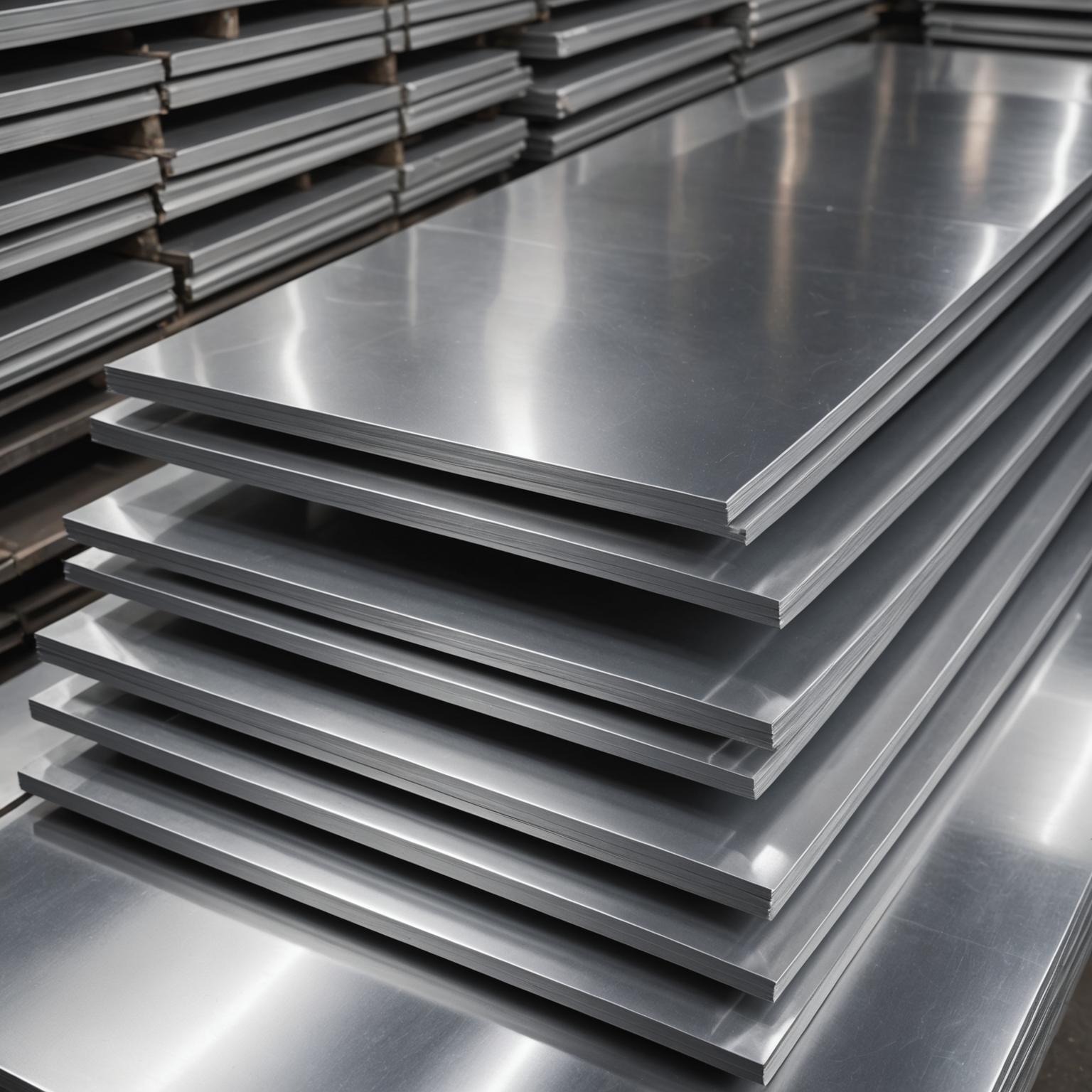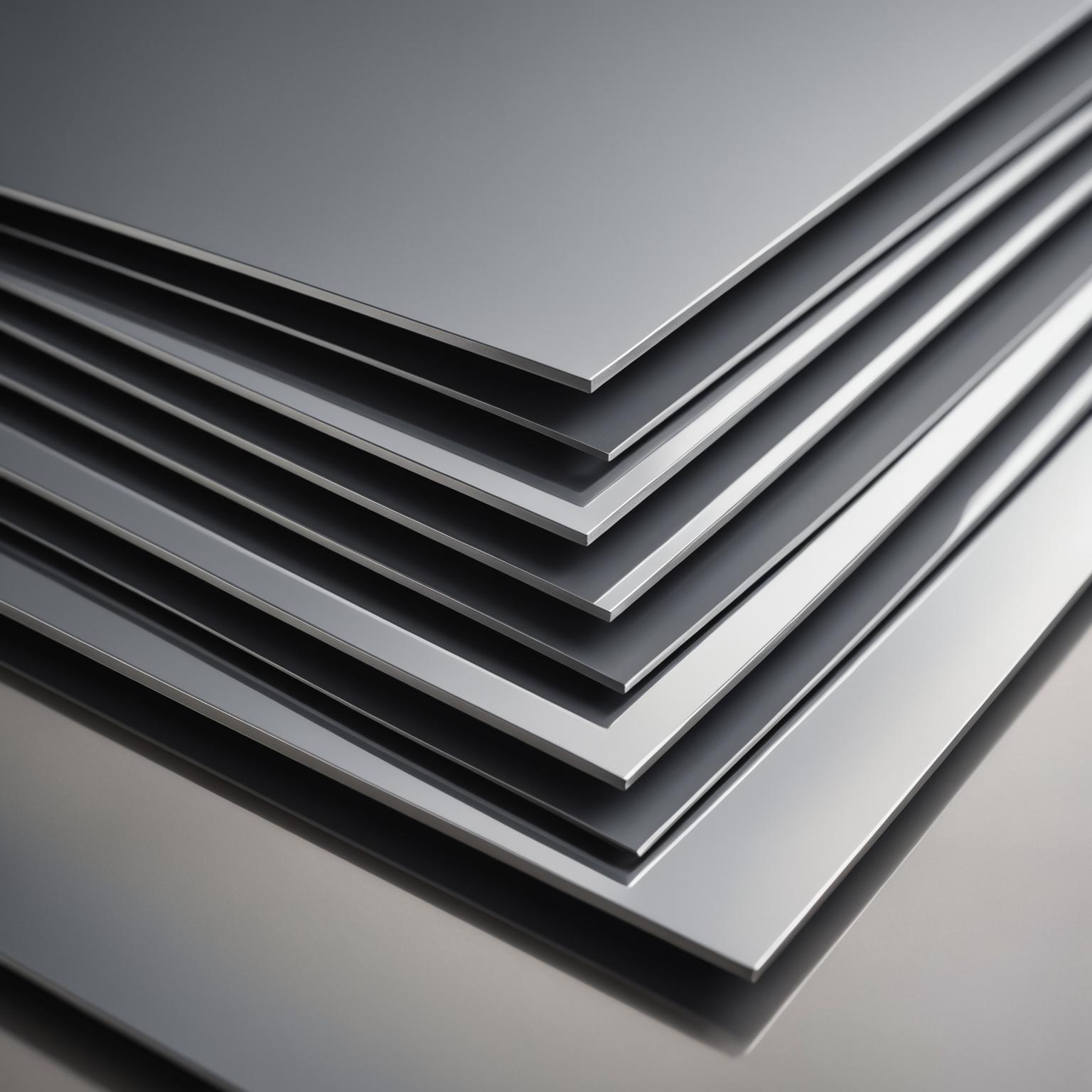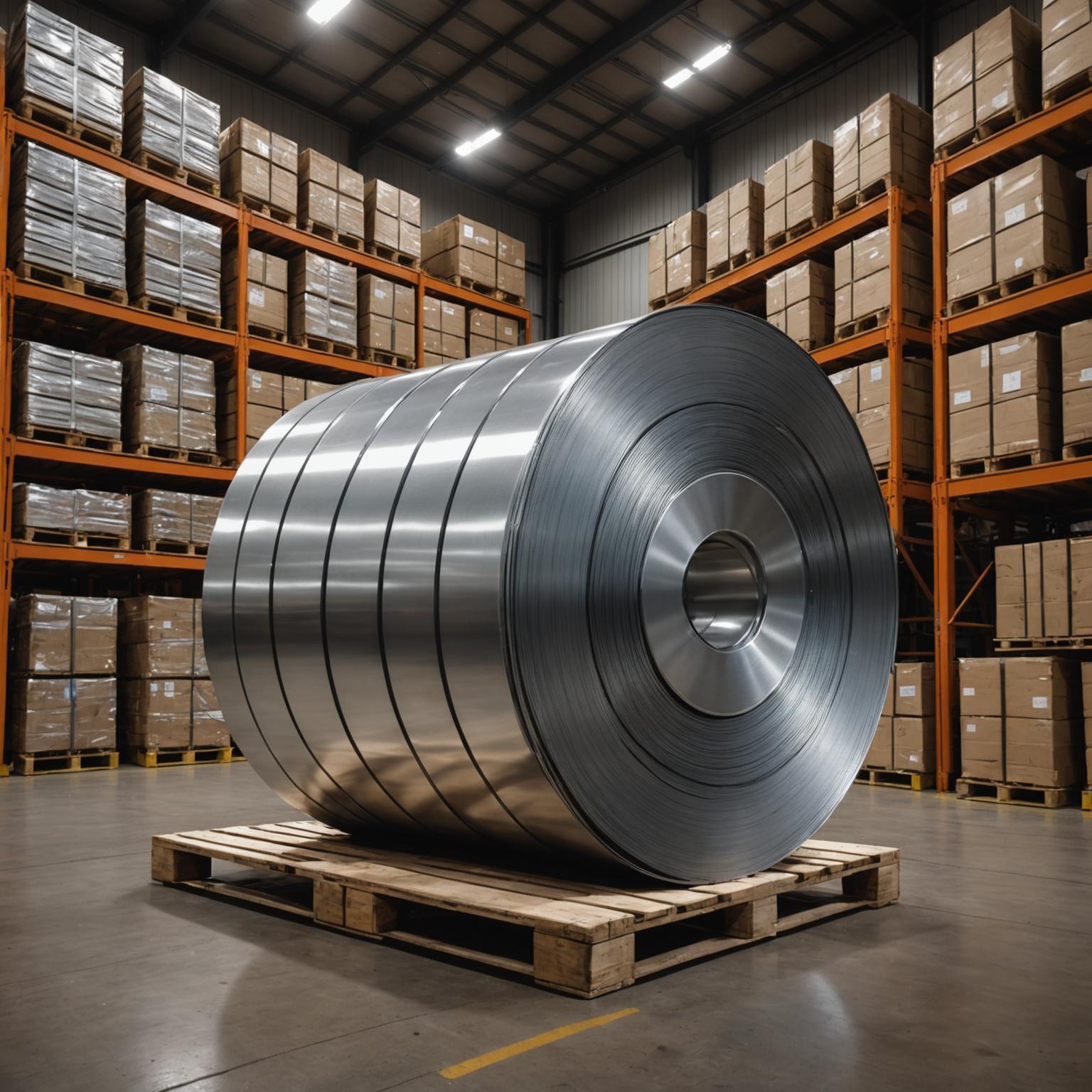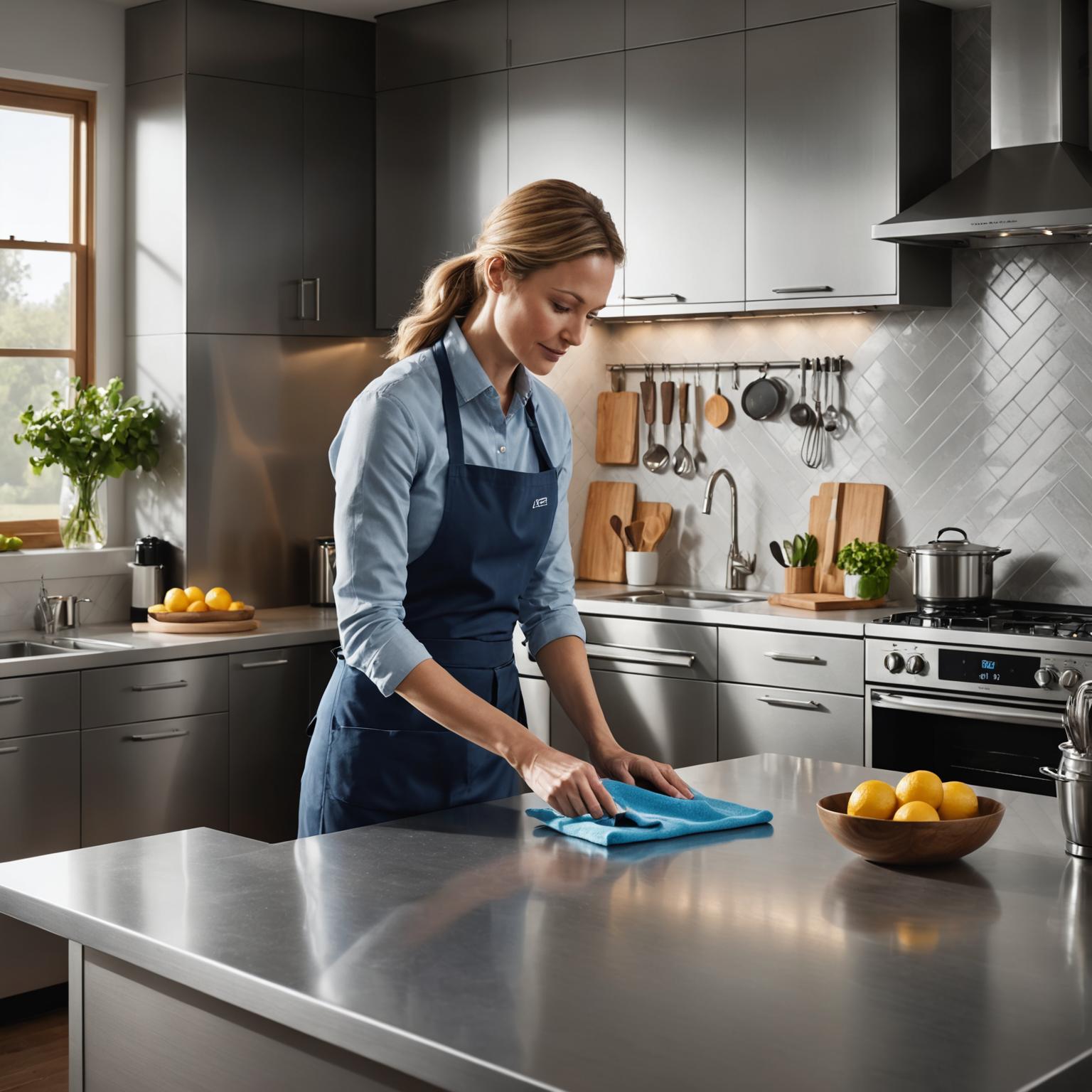
1. Why does stainless steel scratch?
Although stainless steel is strong, it can still scratch due to the following reasons during daily use:
-
Scratches from hard objects (such as collisions with knives and metal tools)
-
Improper cleaning (using steel wool or rough cleaning cloths)
-
Friction during transportation or installation
-
Long-term wear (such as frequently used countertops and handrails)
Common Misconceptions:
-
"Stainless steel can never be scratched."→ In reality, even 304/316 stainless steel can be damaged by external forces.
-
"Small scratches don't affect use."→ However, deep scratches can damage the surface oxide layer, increasing the risk of rust.
II. 5 Effective Methods for Removing Stainless Steel Scratches
Method 1: Mechanical Polishing (Suitable for Shallow Scratches)
Tools:
-
Stainless Steel Polishing Paste
-
Soft Cloth or Polishing Wheel (Manual/Powered)
-
Fine Sandpaper (600 grit or higher, for deeper scratches)
Steps:
-
Clean the surface, ensuring it is free of oil and dust.
-
Apply polishing compound and rub the scratched area with a soft cloth in circular motions.
-
For stubborn scratches, first lightly sand with fine sandpaper (600-1200 grit) and then polish.
-
Wipe away any residue with a clean cloth and inspect the repair results.
Suitable for kitchen countertops, sinks, and appliance surfaces.
Method 2: Baking Soda and Water Paste (Eco-friendly and Eco-Friendly)
Materials: Baking soda, water, and a soft cloth.
Instructions:
-
Mix baking soda and water (2:1 ratio) to form a paste.
-
Apply to the scratched area and rub gently in circular motions with a soft cloth.
-
Continue rubbing for 2-3 minutes until the scratch is lighter.
-
Rinse with clean water and wipe dry.
Advantages: Non-chemically corrosive, suitable for food contact areas (e.g., refrigerators, tableware).
Method 3: Professional Stainless Steel Repair Agent (Quick and Effective)
Recommended Products:
-
3M Stainless Steel Cleaner and Repair Agent
-
Autosol Metal Polishing Paste
Instructions:
-
Shake the repair agent well and apply it to the scratch.
-
Use a microfiber cloth to wipe in the direction of the grain.
-
Repeat 2-3 times until the scratch disappears.
Suitable for: Deep scratches or large repair areas.
Method 4: Solder Fill (for Deep Scratches)
Suitable for: Industrial equipment, heavy stainless steel components.
Steps (Requires professional skills):
-
Clean and lightly sand the scratched area.
-
Use low-temperature solder to fill the indentation.
-
Polish until flush with the surrounding surface.
Note: This method is for professionals only; use with caution at home.
Method 5: Brushed Repair (Restoring the Original Texture)
Applicable Scenario: Brushed stainless steel (such as appliance panels and decorative panels).
Tools: Brushed stainless steel repair pen or brushed cloth.
Instructions:
-
Wipe in one direction, following the original brushed direction.
-
Avoid rubbing back and forth to prevent further damage.
III. How to prevent stainless steel scratches?
-
Use soft cleaning tools (such as sponges and microfiber cloths).
-
Avoid directly dragging metal objects (such as pots and knives).
-
Regular maintenance: Wipe with stainless steel maintenance oil monthly.
-
Apply protective film (suitable for high-wear areas, such as elevator panels).




